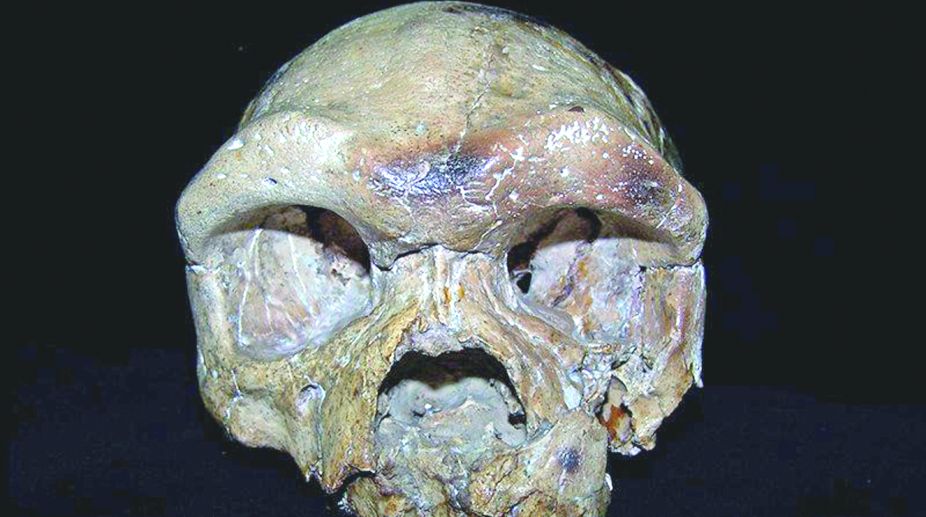Shared evolution?
A skull found in China could re-write our entire understanding of human evolution. That’s according to scientists who have examined the important, ancient head and say that it proves the existing theory of how humans came to be is wrong.
Advertisement
Most anthropologists believe that our species came about in Africa around 200,000 years ago — and that one group left around 80,000 years later before spreading across the world. But instead of humans purely coming out of Africa, the new research suggests that important characteristics of humans actually developed in East Asia.
In fact there might have been times of intense intermingling as those early humans in Asia moved out of and back into Africa, with no single event when modern humans came into being. That means that modern humans are made up of the DNA of ancestors from both Asia and Africa, if the researchers are correct.
The story is a development of a theory that has been widely dismissed by mainstream academics for decades, some of whom suggest that it is being made up to emphasise the role of China. But if the new claims are true, it might prove that the long-ridiculed theory is actually correct.
The important head, known as the Dali skull, was found 40 years ago in China. It was once a member of the early species — and our ancestor — the Homo erectus. It is surprisingly intact, with scientists still able to see the face and brain case as it would have been when its owner was living around 260,000 years ago.
It has strange similarities too with modern Homo sapiens. And the new research suggests that it has far more than expected in common with specimens found in Morocco.
Taken together, the research suggests that humans might not have evolved in Africa and then left, as has long been thought to be the case, researchers Xinzhi Wu of the Chinese Academy of Sciences and Sheela Athreya of Texas A&M University told the New Scientist. The similarities suggest that the early modern humans might not have been isolated in one place as their characteristics evolved, the scientists say, instead sharing characteristics across the world.
Coral transplant
Coral bred in one part of the Great Barrier Reef was successfully transplanted into another; Australian scientists said last Sunday, in a project they hope could restore damaged ecosystems around the world.
In a trial at the reef’s Heron Island off Australia’s east coast, the researchers collected large amount of coral spawn and eggs late last year, grew them into larvae and then transplanted them into areas of damaged reef. When they returned eight months later, they found juvenile coral that had survived and grown, aided by underwater mesh tanks.
“The success of this new research not only applies to the Great Barrier Reef but has potential global significance,” lead researcher Peter Harrison of Southern Cross University said, “It shows we can start to restore and repair damaged coral populations where the natural supply of coral larvae has been compromised.” Harrison said his mass larval-restoration approach contrasts with the current “coral gardening” method of breaking up healthy coral and sticking healthy branches on reefs in the hope they will regrow or growing coral in nurseries before transplantation.
The chief scientist of the Great Barrier Reef Marine Park Authority, the government agency that manages the area, said there was a need for such efforts amid the accelerating impacts of climate change.









